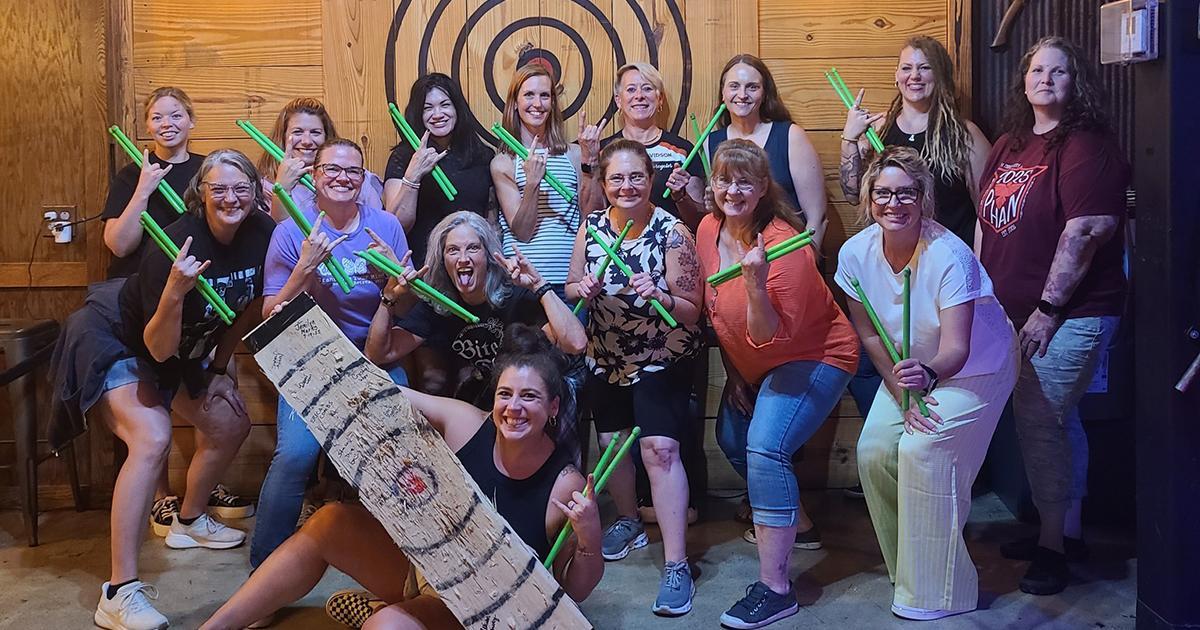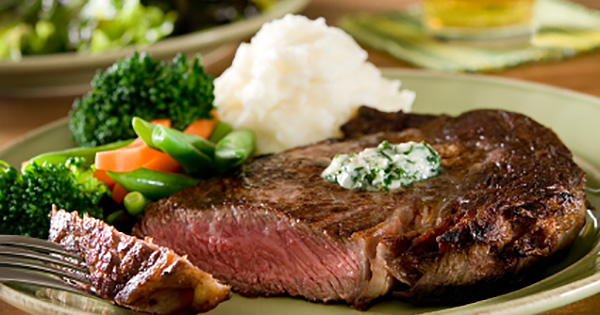Ohio CCW Class
Upon passing this course, you can use the certificate to obtain your Ohio Concealed Carry license from your local sheriff's department, focusing on fundamentals and safety.
Event details
* this page may be updated if event is repeated in the future *
Ohio CCW Class
The state of Ohio requires a person who wants to apply for an Ohio License to Carry a Concealed Handgun otherwise known as a “CCW Permit” to meet certain educational criteria.
The Second Amendment Foundation Training Division's “Defensive Handgun 1” course exceeds that criteria. For that reason we have chosen to use this curriculum for students who would like to obtain the training necessary to apply to the State of Ohio for their Cary permit.
The goal of the Second Amendment Foundation Training Division's “Defensive Handgun 1” course is to provide the student with a solid foundation in basic knowledge of handgun safety, various types of handguns, an understanding of ammunition and how it functions, shooting fundamentals and an introduction to defensive shooting skills.
A student new to the use of a firearm for personal defense typically has a broad range of questions and is faced with learning a number of skills that are critical in the use of a firearm – in this case a handgun – to defend themselves, their family or someone in their charge. Defensive Handgun 1 is specifically designed to provide a person new to handguns the opportunity to gain that knowledge and learn those skills.
A number of topics will be covered in “Defensive Handgun 1 – Introduction to the Defensive Use of a Handgun”. These include but are not limited to:
- Safe handling of your firearm.
- Safe Storage of your firearm and ammunition.
- Basic components of a Double Action Revolver.
- Basic components of a Semi-Automatic Pistol
- Operation of a Double– Action Revolver
- Operation of a Single and a Double Action Semi-Automatic Pistol.
- Working With A Natural Defensive Stance
- 2-Handed and Single Handed Engagements
- Integrating The Color Code Into Your Life
- Lawful use of force
- Finding Your Balance of Speed and Precision
- Clearing Common Pistol Stoppages
- Progressive Shooting Drills
- Definition of Cover and Concealment
- Use of Cover
- Selecting a Pistol and Ammunition
- Cleaning and Maintain your Pistols
- In Addition to the SAFTD curriculum, there will be a section of this course that includes an overview of: The pamphlet prepared by the Ohio peace officer training commission (this pamphlet is currently out of print with the State of Ohio, so it is not available at this time) We will provide students with a link to print an application for concealed carry, special requests to print this application for you are accepted and can be made during class.
Required Equipment
- A modern, serviceable, center-fire handgun (Semi-automatic Highly Recommended)
- Ear and Eye protection (electronic muffs preferred)
- No pocket guns as Keltec PF9, Ruger LCP etc.
- Semi-Automatic Pistol or Double Action Revolver .38 special or 9mm or above.
- 50 Rounds of Ammunition: Factory fresh ammo only. NO RELOADS or specialty ammo such as RIP ammo etc.
- Two extra functional magazines (semi-autos) or speed-loaders (revolvers) NOT REQUIRED
- Comfortable clothing, knee-pads (optional but recommended).
- Hydration system or Bottled water.
- Shoes – comfortable with sufficient support to permit a full range of motion. No sandals or flip-flops.
- Long Pants, Shirt With Higher Collar
- Sturdy Belt
- Baseball Cap
Course length is a full day, typically 8-10 hours including a "working lunch". There are short (5-10 minute breaks throughout both the classroom session and shooting range drills.
(Students must provide own ammunition, firearms can be borrowed with advance notice. During this class, there will be a working lunch which will be ordered at individual cost from nearby grill; or students are welcome to bring their own lunch. Snacks and drinks are available for small donation)
Please also review the following section of the Ohio Revised Code to further understand your eligibility for an OH CCW....
ORC 2923.125
One or more of the following competency certifications, each of which shall reflect that, regarding a certification described in division (B)(3)(a), (b), (c), (e), or (f) of this section, within the three years immediately preceding the application the applicant has performed that to which the competency certification relates and that, regarding a certification described in division (B)(3)(d) of this section, the applicant currently is an active or reserve member of the armed forces of the United States or within the ten years immediately preceding the application the honorable discharge or retirement to which the competency certification relates occurred:
(a) An original or photocopy of a certificate of completion of a firearms safety, training, or requalification or firearms safety instructor course, class, or program that was offered by or under the auspices of a national gun advocacy organization and that complies with the requirements set forth in division (G) of this section;
(b) An original or photocopy of a certificate of completion of a firearms safety, training, or requalification or firearms safety instructor course, class, or program that satisfies all of the following criteria:
(i) It was open to members of the general public.
(ii) It utilized qualified instructors who were certified by a national gun advocacy organization, the executive director of the Ohio peace officer training commission pursuant to section 109.75 or 109.78 of the Revised Code, or a governmental official or entity of another state.
(G)(1) Each course, class, or program described in division (B)(3)(a), (b), (c), or (e) of this section shall provide to each person who takes the course, class, or program the web site address at which the pamphlet prepared by the Ohio peace officer training commission pursuant to section 109.731 of the Revised Code that reviews firearms, dispute resolution, and use of deadly force matters may be found. Each such course, class, or program described in one of those divisions shall include at least eight hours of training in the safe handling and use of a firearm that shall include training, provided as described in division (G)(3) of this section, on all of the following:
(a)The ability to name, explain, and demonstrate the rules for safe handling of a handgun and proper storage practices for handguns and ammunition;
(b) The ability to demonstrate and explain how to handle ammunition in a safe manner;
(c) The ability to demonstrate the knowledge, skills, and attitude necessary to shoot a handgun in a safe manner;
(d) Gun handling training ;
(e) A minimum of two hours of in-person training that consists of range time and live-fire training.
(2) To satisfactorily complete the course, class, or program described in division (B)(3)(a), (b), (c), or (e) of this section, the applicant shall pass a competency examination that shall include both of the following:
(a) A written section, provided as described in division (G)(3) of this section, on the ability to name and explain the rules for the safe handling of a handgun and proper storage practices for handguns and ammunition;
(b) An in-person physical demonstration of competence in the use of a handgun and in the rules for safe handling and storage of a handgun and a physical demonstration of the attitude necessary to shoot a handgun in a safe manner.
(3)(a) Except as otherwise provided in this division, the training specified in division (G)(1)(a) of this section shall be provided to the person receiving the training in person by an instructor. If the training specified in division (G)(1)(a) of this section is provided by a course, class, or program described in division (B)(3)(a) of this section, or it is provided by a course, class, or program described in division (B)(3)(b), (c), or (e) of this section and the instructor is a qualified instructor certified by a national gun advocacy organization, the training so specified, other than the training that requires the person receiving the training to demonstrate handling abilities, may be provided online or as a combination of in-person and online training, as long as the online training includes an interactive component that regularly engages the person.
(b) Except as otherwise provided in this division, the written section of the competency examination specified in division (G)(2)(a) of this section shall be administered to the person taking the competency examination in person by an instructor. If the training specified in division (G)(1)(a) of this section is provided to the person receiving the training by a course, class, or program described in division (B)(3)(a) of this section, or it is provided by a course, class, or program described in division (B)(3)(b), (c), or (e) of this section and the instructor is a qualified instructor certified by a national gun advocacy organization, the written section of the competency examination specified in division (G)(2)(a) of this section may be administered online, as long as the online training includes an interactive component that regularly engages the person.
(4) The competency certification described in division (B)(3)(a), (b), (c), or (e) of this section shall be dated and shall attest that the course, class, or program the applicant successfully completed met the requirements described in division (G)(1) of this section and that the applicant passed the competency examination described in division (G)(2) of this section.





























